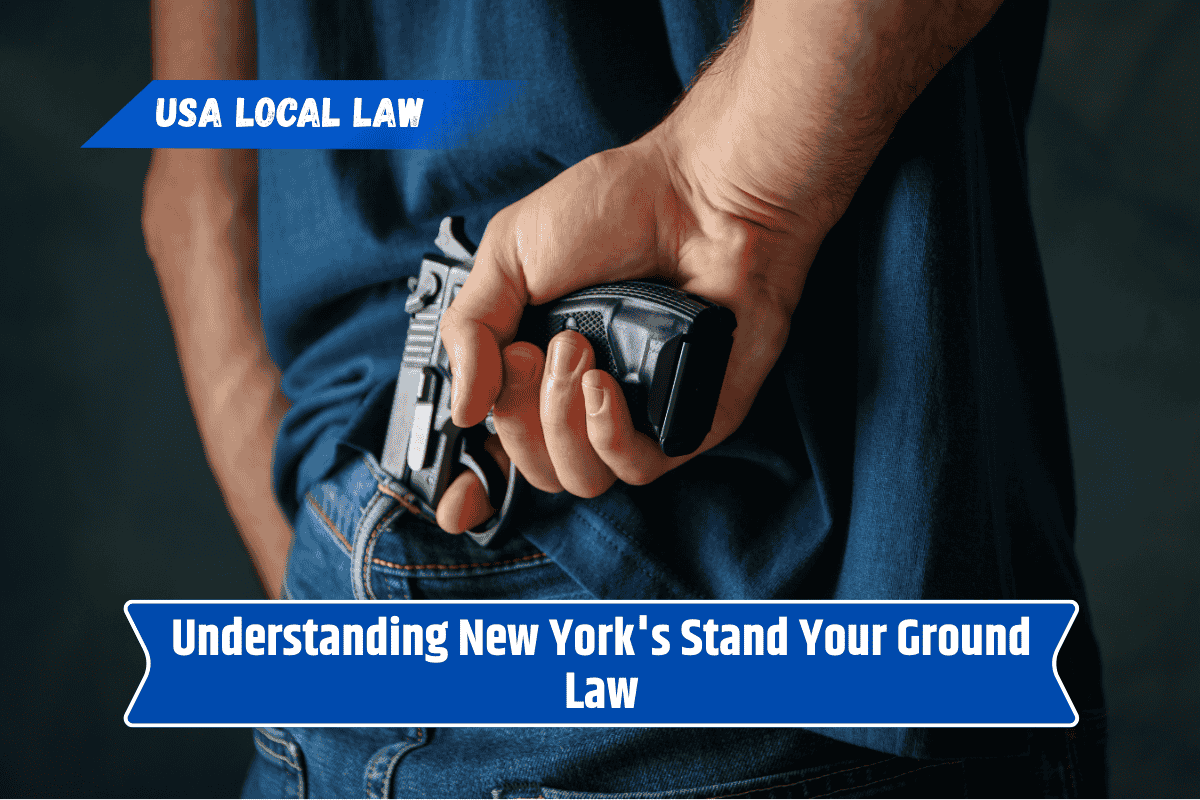Laws about self-defense can be confusing, especially when they vary from state to state. One term many people hear in the news is “Stand Your Ground”. This law allows people to protect themselves without backing away from danger first. But does New York have this law?
If you live in New York or are planning to visit or move there, it’s important to understand how self-defense laws work. Here’s a simple guide to what New York says about protecting yourself when faced with a threat.
What Is a Stand Your Ground Law?
A Stand Your Ground law allows a person to use force, even deadly force, to defend themselves without having to run away or retreat—even if they could safely do so. These laws usually apply when a person is threatened in a public place.
Some states have clear Stand Your Ground laws, like Florida and Texas. But New York handles things a little differently.
Does New York Have a Stand Your Ground Law?
No, New York does not have a traditional Stand Your Ground law. Instead, New York follows something called the “Duty to Retreat”—but with exceptions.
In most public places in New York, if you can safely walk away from danger, the law expects you to do so before using force, especially deadly force. This is called the duty to retreat.
However, there is one big exception.
The Castle Doctrine in New York
While New York doesn’t have Stand Your Ground laws in public, it does follow the Castle Doctrine. This means:
If someone breaks into your home, you are not required to retreat. You can legally use force to protect yourself and others inside your house, even deadly force, if you believe it’s necessary to stop a serious threat.
So while the streets of New York follow a retreat-first rule, your home is treated differently under the law.
When Can You Use Force in New York?
In New York, you can use reasonable force to defend yourself or someone else from harm. But deadly force is only allowed if:
You believe it’s necessary to stop someone from seriously hurting or killing you or someone else
You have no safe way to escape, unless you are in your home
This means pulling a weapon or using deadly force can only be done as a last resort, and you may still need to prove in court that it was truly necessary.
How Courts Decide If It Was Self-Defense
Every self-defense case is different. In New York, the courts will look at:
Who started the fight or conflict
If you tried to get away before using force
Whether the threat was serious enough to justify your actions
If you were in your home or out in public
Even if you believed you were in danger, the court must agree that a “reasonable person” would have done the same thing in your situation.
What Happens If You Use Force Without Trying to Escape?
If you use deadly force in a public place and could have safely walked away, you might be arrested or charged with a crime. That’s why it’s important to understand New York’s law clearly—using force too quickly could land you in legal trouble.
New York does not have a Stand Your Ground law like some other states. Instead, it follows a duty to retreat rule in public places. However, you are allowed to defend yourself without retreating inside your home, thanks to the Castle Doctrine.
Understanding when you can and can’t use force helps protect both your safety and your legal rights. Always try to avoid conflict when possible, and only use force when absolutely necessary.
